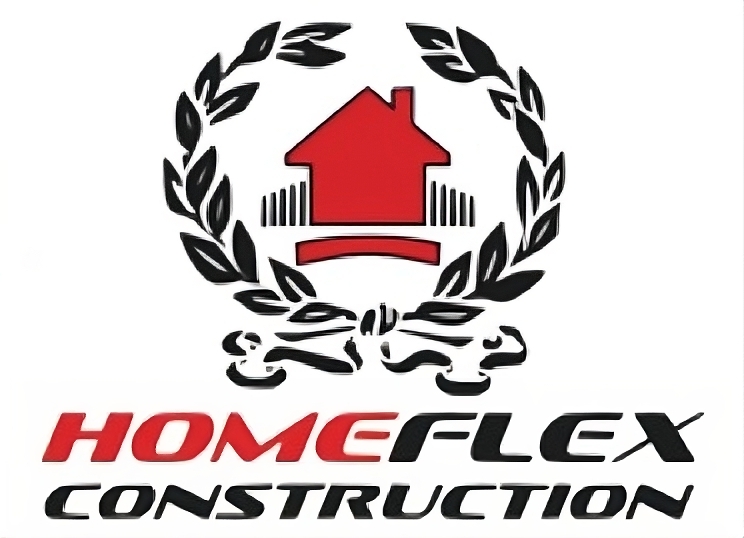New York City has always been a hub of business innovation. From towering skyscrapers in Midtown to creative lofts in Brooklyn, the way office spaces are designed and used has constantly evolved. As we move through 2025 and beyond, the transformation of NYC’s workspaces isn’t slowing down. If anything, it’s picking up speed.
The Future of Office Spaces in NYC: Trends for 2025+
New York City’s office scene isn’t what it used to be, and that’s a good thing. As businesses rethink how and where people work, the traditional office is being replaced by smarter, more flexible spaces. From tech-enabled features to wellness-focused layouts, what’s ahead in 2025 and beyond looks nothing like the cubicles of the past. If you’re in NYC, it’s time to understand where the future is heading and how to stay ahead of it.
Let’s take a closer look at what’s shaping the future of office spaces in NYC.
Flexibility is the New Standard
Office tenants now demand flexibility more than ever. Traditional long-term leases are losing appeal. Instead, companies prefer short-term or hybrid lease options. This shift is largely driven by startups, freelancers, and even large enterprises that now prioritize agility.
Flexible office spaces like coworking hubs, serviced offices, and hybrid workspaces continue to rise. Operators like WeWork, Industrious, and Convene are adjusting their offerings to fit these needs. Landlords are also repurposing vacant buildings to support flexible layouts and shared environments.
The Rise of the Hybrid Workplace
Hybrid work is not a trend—it’s the new normal. Employees split their time between home and the office. As a result, businesses in NYC are rethinking their square footage. Instead of large floors filled with rows of desks, companies are shifting to hot-desking, collaborative zones, and breakout areas.
Office layouts now support specific functions that can’t be done remotely. Think brainstorming rooms, team lounges, and private pods for client calls. The goal is to make the office a destination—somewhere people actually want to go.
Tech-Enabled Smart Offices
Smart buildings are leading the charge in NYC’s commercial real estate sector. Offices are now equipped with intelligent systems to improve efficiency and comfort. This includes:
-
Touchless entry and elevators
-
Occupancy sensors for energy management
-
Smart HVAC systems that improve indoor air quality
-
AI-powered room booking systems
These upgrades not only support health and safety but also help building owners reduce operational costs and meet sustainability goals.
Sustainability Is a Priority
Green buildings are no longer optional. NYC’s Local Law 97 is enforcing strict emissions limits for buildings over 25,000 square feet. Developers and landlords are investing in energy-efficient retrofits, green roofs, solar panels, and improved insulation.
Tenants are also demanding eco-conscious features. LEED certifications and WELL building standards are seen as valuable assets. Offices designed with natural lighting, low-VOC materials, and recycling programs are more attractive to both employees and investors.
A Focus on Employee Experience
Post-pandemic, companies now prioritize mental health and well-being. Office design reflects that shift. The future office offers more than just a place to work—it creates an experience.
You’ll see more biophilic designs that bring nature indoors, wellness rooms, ergonomic furniture, and quiet zones. Food and beverage options, fitness amenities, and curated social events are also becoming standard in newer office buildings.
Why? Because companies know a happy and healthy employee is more productive and loyal.
Shift from Centralized to Decentralized Offices
Companies are decentralizing their operations. Instead of having all teams in one major HQ, they are opening satellite offices or offering access to regional coworking hubs. This trend is especially strong in NYC due to its extensive subway and commuter rail networks.
Decentralization helps businesses cut costs, reduce commute times, and tap into wider talent pools. It also supports the hybrid model without requiring massive real estate investments.
Office-to-Residential Conversions on the Rise
Another growing trend in NYC is converting underutilized office buildings into residential units. The demand for housing is high, while some older commercial properties remain vacant. City policies are starting to support these conversions, especially in Midtown and Lower Manhattan.
This trend is reshaping NYC’s real estate landscape. While it reduces total office inventory, it also creates opportunities for higher-quality, well-designed office spaces that match modern needs.
What Businesses Should Do Now
If you manage or own a business in NYC, this is the time to reassess your office strategy. Here’s what you should consider:
-
Evaluate your space needs. Are you using your current space efficiently?
-
Embrace hybrid solutions. Make sure your office supports collaboration and flexibility.
-
Prioritize employee wellness. Design your space with people in mind.
-
Invest in smart tech. Even small upgrades can improve performance and save money.
-
Sustainability plan. Align with city regulations and meet tenant expectations.
Conclusion
NYC office spaces are going through a historic transformation. What worked five years ago doesn’t work today. The future is flexible, tech-driven, employee-focused, and green.
Whether you’re a landlord, tenant, or service provider, adapting to these trends isn’t optional. It’s how you stay competitive in one of the world’s most dynamic commercial real estate markets.
The question isn’t if the future is changing, it’s how ready you are to meet it.
Ready to Future-Proof Your NYC Office Space?
At HomeFlex Corp, we help businesses adapt to the changing landscape of workspaces in New York City. Whether you’re looking to renovate, redesign, or convert your office for hybrid use, our expert team is here to deliver flexible, modern solutions that meet your goals.
Let’s build an office that works for tomorrow today.
Visit www.homeflexcorp.com to schedule your free consultation.
